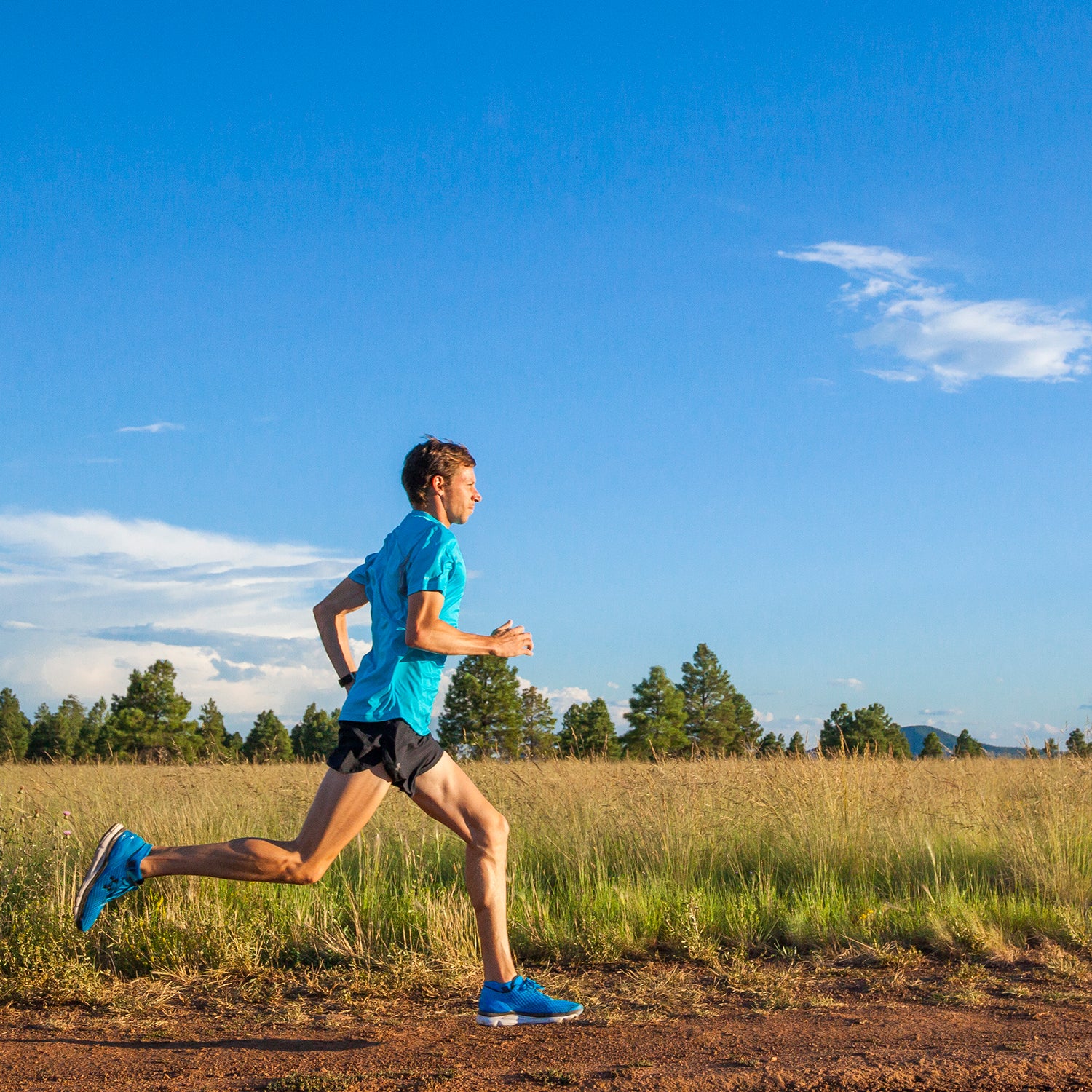In the spring of 1984, Craig Virgin—already a two-time World Cross Country champion and one of the most decorated runners in American history—was running a 10,000-meter race in Eugene, Oregon, against a relatively undistinguished field. But there was one runner he couldn’t shake: an unheralded 20-year-old from Newfoundland named Paul McCloy whose unorthodox running style evoked the famous description of Emil Zatopek: “like a man wrestling with an octopus on a conveyor belt.”
As the race proceeded, according to the apocryphal version of the tale long circulated in Canadian running circles, McCloy was delighted to hear the Eugene crowd begin to cheer him on, chanting “Newfie! Newfie! Newfie!” Virgin himself looked puzzled by the continued presence of this tortured shadow behind him—but in the end, it was McCloy who sprinted away to victory, head bobbing wildly, in a time of 28:11.72. It was only later that someone explained to McCloy that the crowd had actually been chanting “Goofy! Goofy! Goofy!”
(Don’t believe me? Check out of McCloy sprinting to victory in a 1990 race against the defending Olympic bronze medalist. And stick around for the post-race interview: “What goes through your mind when you’re getting that other gear?” “Nothin’.”)
Runners like McCloy, Zatopek, and have always been considered the exceptions that prove the rule. They look terrible compared to their smooth-striding rivals—but imagine how much better they could have been with more efficient gaits. After all, it’s clear to the naked eye that they’re wasting energy. Or is it?
That’s the question posed by , from a research team led by Robbie Cochrum at Tennessee State University. They sent one-minute video clips of five different runners to 121 coaches ranging from high school to international level, and asked them to rank the runners from most economical to least economical. Then they compared those rankings to lab-measured values of running economy, which is how much oxygen you consume (as a proxy for how much energy you burn) to sustain a given running pace.
The runners ranged in economy from 40.2 to 49.4 milliliters of oxygen per kilogram of body weight per minute, running at 7:30 mile pace. You can also express running economy as the amount of oxygen consumed for a given distance (usually a kilometer) rather than per minute. In those units, they ranged from 187.7 ml/kg/km, which is , to 230.6 ml/kg/km, which is .
The results: the coaches were completely unable to correctly rank the runners from most to least economical. In fact, only 6 percent of the coaches managed to get three of the runners in the correct order. Another 12 percent got two correct; the rest got either one or zero. Of course, not all coaches are created equal. The researchers also collected data about the level of athletes coached, the number of years coaching, highest educational level (11 percent of them had doctorates and another 29 percent had masters degrees), certifications, and running experience. None of it mattered: there was no connection between any of these factors and the coaches’ ability to classify runners by economy.
The researchers also asked the coaches what cues they were looking for to determine who was most efficient. The top answers were that a higher stride rate and shorter stride length signaled efficiency; more vertical bounce signaled inefficiency; and midfoot or forefoot strike would be more efficient than rearfoot strike. Other factors they watched for included side-to-side movement and arm swing. All of these factors are somewhat consistent with lab studies on running economy—but it didn’t help them get the right answers.
This finding isn’t completely new. The researchers cite an unpublished doctoral dissertation from the University of Montana in the late 1980s with similar findings (though in that study, the coaches were able to recognize that trained runners were more efficient than a group of cyclists with less running experience). And I recall a mention in of a similar study, also apparently unpublished, by coach and researcher Jack Daniels, who sent videos to coaches and biomechanics experts. They couldn’t pick out the most efficient runners, either.
I don’t think this means that it’s impossible to run poorly. Indeed, the difference between 187.7 and 230.6 ml/kg/km is pretty substantial, so you definitely want to narrow that gap if you can. And making changes to running form may be a useful way of doing that, though the evidence remains extremely patchy at best. In contrast, there’s reasonably good evidence that strength or plyometric training may enhance running economy.
It’s also pretty well established that inexperienced runners get more efficient over time, simply through the act of running over and over again. Your body is pretty adept at automatically searching for the most efficient movement patterns and avoiding wasted energy. A : if you wear a special knee brace that alters the most efficient cadence for you to walk at, it only takes a few minutes for your body to adjust your gait to maximize efficiency once again—even if the energy savings only amount to the equivalent of one peanut after an hour of walking.
The researchers’ conclusions are that “coaches should be cautious when recommending biomechanical adjustments without considering the interconnected factors related to such changes.” In other words, if you tell someone to swing their arms more, they might inadvertently change their cadence or start bouncing more. I’d take it a step further. Before you tell someone to change their running stride, you should be pretty confident that they’re not already efficient. I have no idea what Paul McCloy’s measured running economy would have been—but, as the new study suggests, neither does anyone else.
For more Sweat Science, join me on and , sign up for the , and check out my book .


